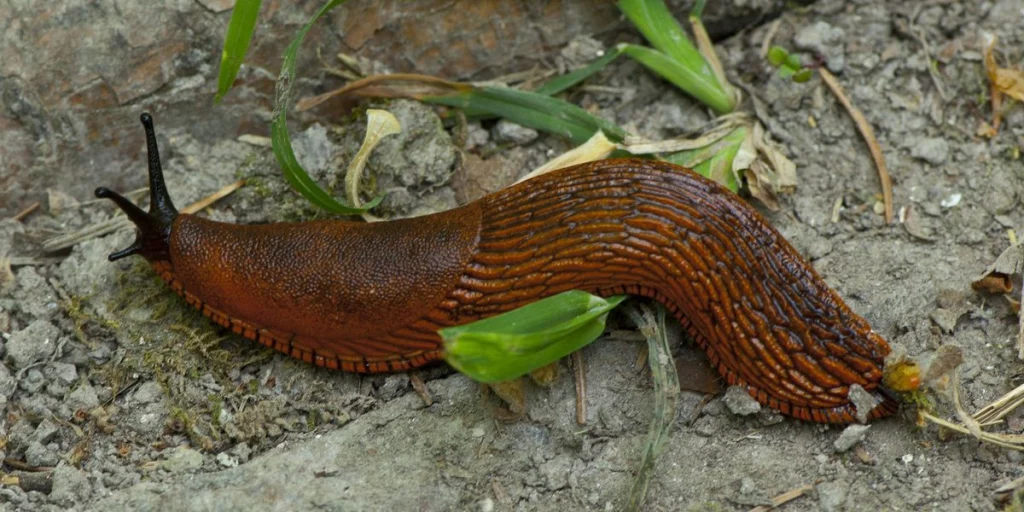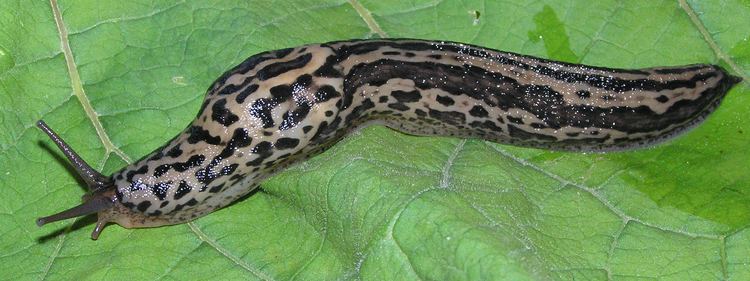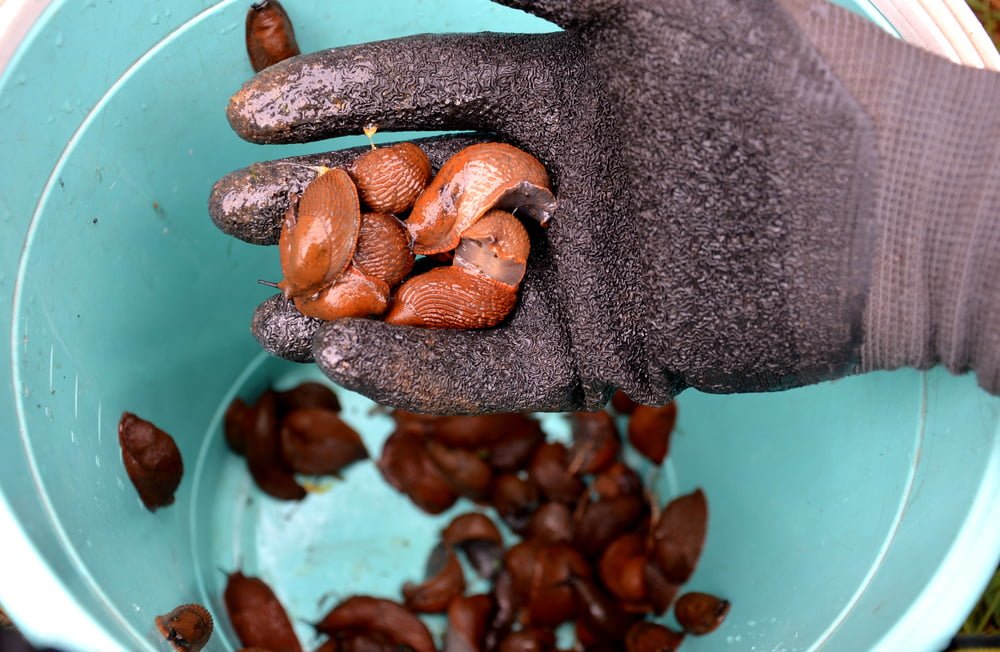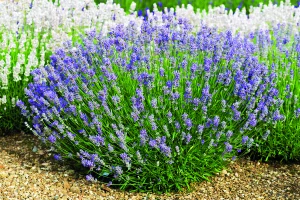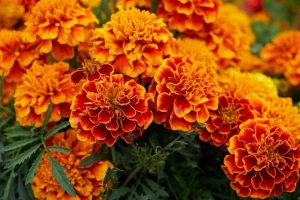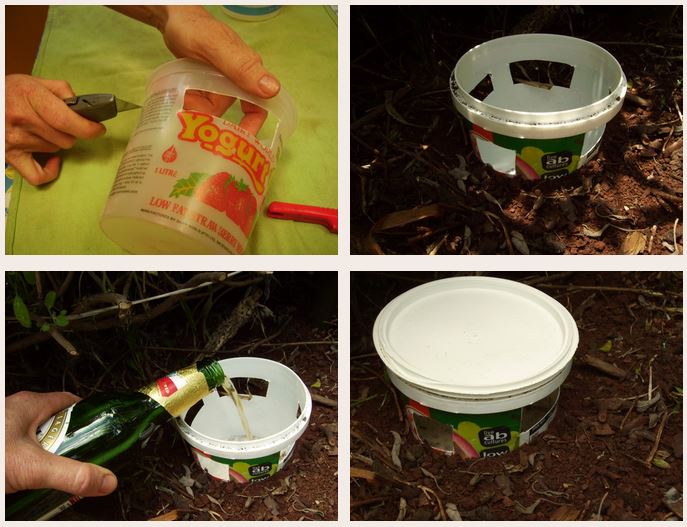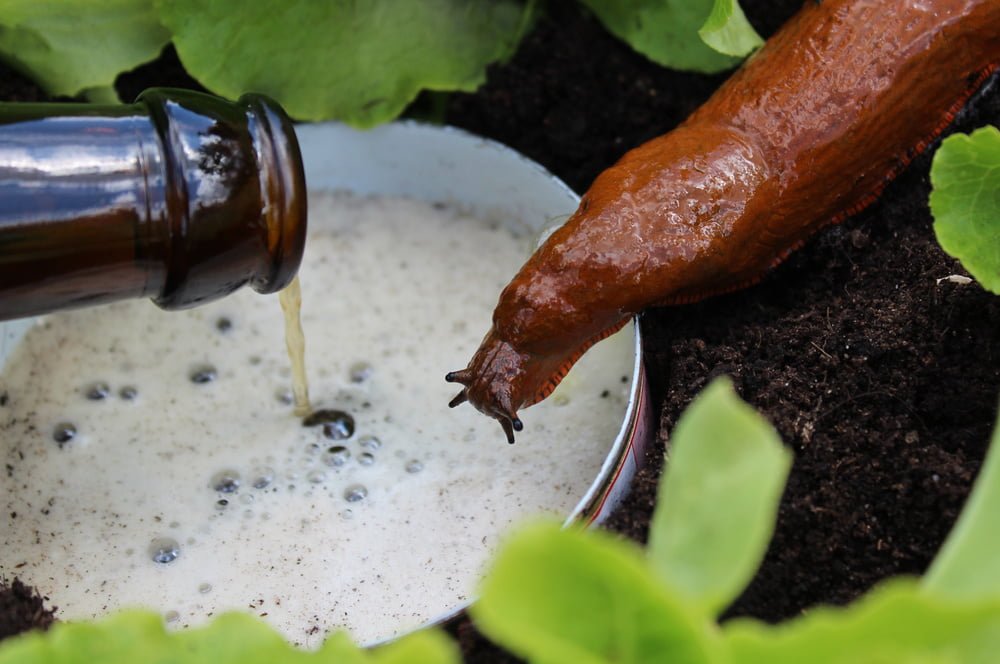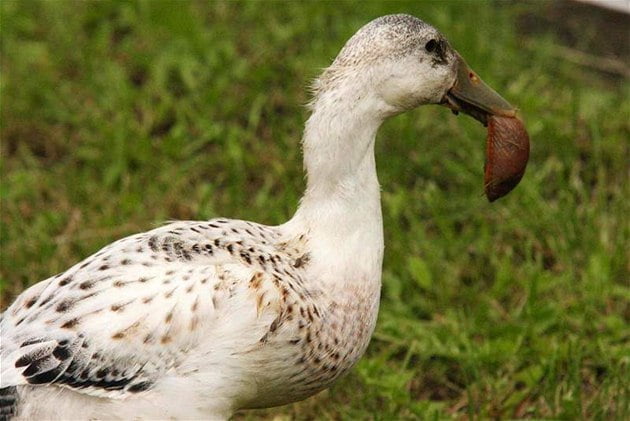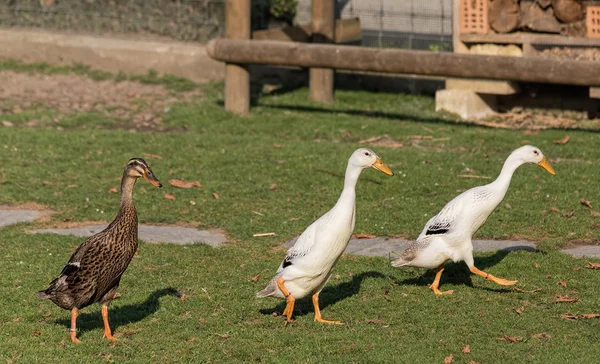English
You don’t want these slugs on your cannabis plants
The most dangerous is the Spanish Slug – arion vulgaris
It spread to Europe by importing exotic crops in the 1990s. It is considered to be the biggest pest in the whole of Europe, mainly because it does not have many natural enemies.
The maximum abundance of Spanish Slugs is reached in May-June, when the most mass occurrences are recorded. They are most often found in gardens, densely vegetated areas and flooded habitats. Shaded places and uncultivated areas with high vegetation are therefore also suitable. After rain, they leave these places and go in search of food. Larger individuals are able to move up to 50 metres per a day.
They cause harm mainly by ingesting cannabis leaves. They are able to completely destroy young marijuana plants and severely damage adult ones. They are also important carriers of cannabis plant diseases due to their travels in the garden. The Spanish slugs are hermaphrodite, which means they can self-fertilize.
You can recognise these slugs by their shades of orange-brown colour. The young ones are even easier to recognize. They have a mottled, yellow-brown colouration with two yellow stripes.
Big grey slug – limax maximus
The greatest enemy of the Spanish slug. The leopard slug feeds not only on members of its own species, but also on Spanish slugs. It can help fight invasive slugs, but we can’t rely on it alone.
The problem arises when there are no slugs around. Then the big bugger moves happily into your garden and starts feasting on your cannabis plants. As soon as you see it, get rid of it. Otherwise, your weed will pay the price.
How to get rid of slugs and the most effective methods of disposal
First and foremost, we must not let the slugs breed and must continuously remove and destroy them.
Hand picking and impaling
Wooden stick with sharply cut tip, stick with nail or gloves. That’s all you need for a morning walk in the garden. Early in the morning, slugs are scattered on the wet grass. You can pick them up or impale them without any problem.
When you skewer the slugs, you don’t need to cover the bucket with salt or pour boiling water over them. Even if they are pests, it is always better to use the most humane method of disposal, namely throwing them into boiling water, where you give them a quick death. Just dump the disgusting content of the bucket into a bio-waste or compost bin.
You can use natural granules against slugs
Ferric Phosphate – Ferramol is not dangerous to children, adults or pets. Scatter the granules around the garden and around the cannabis plants and you don’t worry about anything. Slugs that ingest the pellets will crawl into their hiding place feeling full and die quietly. No scavenging. The sun and rain don’t harm the Ferramol, so long as the pellets disappear, they haven’t dissolved, they’ve been eaten by slugs. In that case, just top up. This product is not the cheapest, but it is a convenient solution to the slug problem.
Use predatory nematodes against slugs
Beneficial nematodes, microorganisms that dislike slugs and actively seek them out and attack them. It’s a kind of biological weapon against slugs. These microscopic predatory nematodes are completely harmless to humans and animals. For slugs and smaller medium-sized slugs, they are certain death. The nematodes attack and destroy them through the digestive tract.
If you have time to spare and like to experiment, you can try other methods of slug disposal. However, be aware that their effectiveness may not match the effort.
Alternative methods to get rid of slugs
Protective sand path that can withstand rain
The beds can be covered with a strip of sand to protect against slugs. Tiny stones are unpleasant for slugs to crawl over because they get stuck in. An alternative is crushed eggshells. However, the protective strip can wash away in a heavy storm and sometimes it just doesn’t work, as the hungry slugs will climb over it despite the theory.
Aromatic plants that repel slugs
Another possible defence against slugs is planting aromatic plants around the cannabis plants we want to protect. For example, herbs such as lavender, lichen, dill, sage, parsley, thyme, fennel and chives. Flowers include africane, cornflowers, hydrangeas, peonies or ornamental grasses. Garlic and onions are also at hand.
Set the beer trap
If you don’t want to invest in a proper trap, like to share your beer, and aren’t shy about picking dead slugs out of the bowl, you can try installing your own beer trap. Simply pour beer into a deeper bowl and place several of these bowls around the garden, partially buried. Ideally, place a canopy made from a piece of board over the bowl, with perhaps two stones on one side to allow the slugs to get under the canopy comfortably. The smell of beer will attract the slugs and they will not come out of the bowl. In the morning, you can go around the trap, remove the dead slugs, or pick up the ones that are waiting in the beer queue. Prepare to refill the beer regularly, and handle the slimy slug bodies.
Set a yeast trap
An effective bait is “sourdough”: mix a thin batter from yeast and water and put it in a cup instead of beer – this method is effective, although not 100%.
Use a professional slug trap
The famous beer slug traps pale in comparison to this trap with envy. The effectiveness of the special bait solution is 20 times higher compared to beer. Another advantage over beer traps is that the Bros Slug Trap protects your garden for up to a month. The dead slugs dissolve inside the trap, you don’t have to hunt them like from beer.
Breeding of Indian runner ducks
These skinny, carnivorous ducks love slugs and are the only ones that don’t shy away from them. Hunger is apparently the best cook. Like all ducks, however, Indian runners graze greenery and the garden must be adapted to them, including some water. One duck collects an average of nearly 1 kg of snails or slugs per day.
Published by Peca Sarm
06/12/2021choose and buy cannabis seeds from our offer
our pleasure

